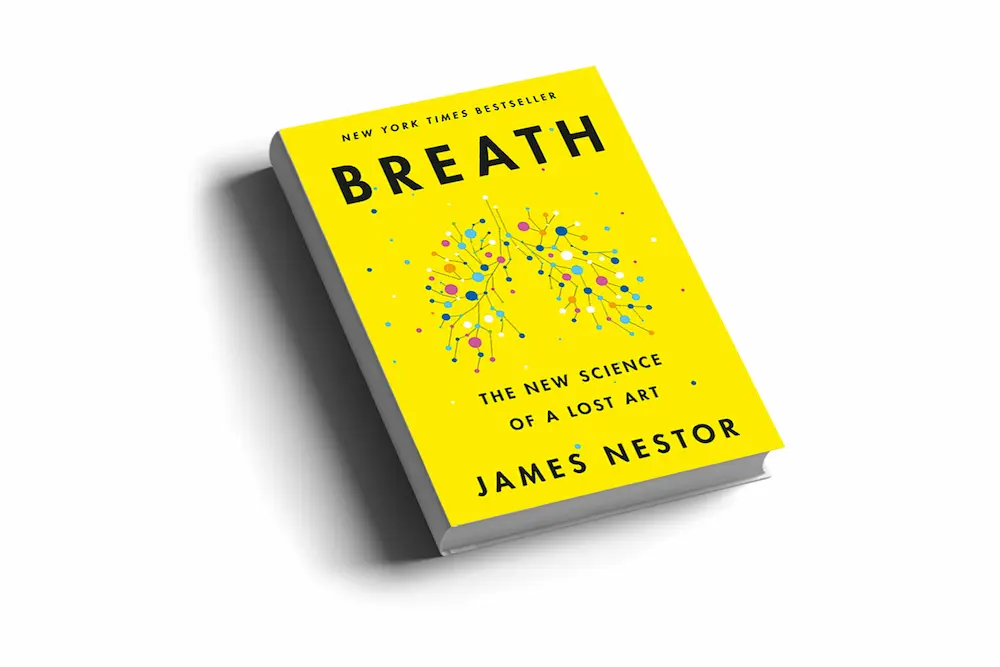Have you ever felt shortness of breath? You know, that heavy-lung, heavy-chest feeling that you can’t bring in enough air. Maybe it was brought on by strenuous exercise or anxiety, or perhaps it was a complete mystery to you at the time? Breathing difficulties are some of the scariest moments we face. While some signs of troubled breathing can be explained as common and non-life-threatening, others are more serious and should be treated as such.
Shortness of breath, or dyspnea, is known as difficulty breathing when at a state of rest or during completion of everyday activities. There are many causes of dyspnea, from asthma to chronic bronchitis, chronic obstructive pulmonary disorder (COPD), and heart attack. It is also a common symptom of anxiety, exhaustion, and cold viruses. This is not to be mistaken for shallow breathing, which is considered a more self-inflicted and self-treatable condition. You can tell the difference as shallow breathing still involves consistent and equal airflow, despite being less than optimal.
In addition to dyspnea and shallow breathing, you could also not breathe optimally due to airway obstruction, underdevelopment, or a sleep disorder. Here are four signs you aren’t breathing as well as you could be.
You Experience Extreme Fatigue
Have you ever woken up in the morning only to feel like you haven’t slept an ounce? Are you tired and groggy, suffering from brain fog, and in need of some type of stimulus, such as coffee, to get a jump start on the day? This is an unfortunate and quite common occurrence, as modern society demands overtime in the workplace, little sleep, and maximum effort. This is also a sign that you might not be breathing as well as you could be.
Extreme fatigue is a common indicator of a breathing disorder. It is caused by a reduced oxygen supply to the body, leading to tiredness and daytime exhaustion. This also goes hand in hand with breathlessness as the body struggles to function properly without the intake of oxygen and the release of carbon dioxide from the body. According to Alaska Sleep Clinic,
obstructive sleep apnea (OSA) is the most common sleep disorder affecting over 20 million adults in the U.S. alone. . . . Because sufferers of OSA frequently wake from sleep (even though they don’t realize they’re waking) it causes disturbances to their quality of sleep. The poor sleep quality caused by constant arousals from sleep to fight past an obstruction of the airway makes excessive daytime sleepiness the most common side effect of the sleep disorder.
You Don’t Feel Like You’re Performing at Your Full Capacity
Do you feel like you’re not as sharp as you used to be? Do you have difficulty concentrating and remembering numbers, names, places, and even what you had for breakfast this morning? This is another sign that you aren’t breathing as well as you could be.
Underperformance, inefficiency, and difficulty concentrating are all symptoms of a breathing disorder. They are brought on when the brain fails to receive the optimal level of oxygen. Healthline shares that “sleep deprivation disrupts our brain cells’ ability to communicate with each other, leading to temporary mental lapses that affect memory and visual perception.”
You’re Exceptionally Moody or Irritable
Are you someone with a short fuse? Do you have sudden changes in your mood, or are you extremely irritable and easily bothered? While you may just be a moody person, you might also be suffering from a sleep or breathing disorder that causes insufficient oxygen flow to your brain and other organs.
Better Health Channel shares that “studies show people who are sleep deprived report increases in negative moods (anger, frustration, irritability, sadness) and decreases in positive moods. And sleeplessness is often a symptom of mood disorders, such as depression and anxiety. It can also raise the risk of, and even contribute to, developing some mood disorders.”
Your Libido Isn’t What It Used to Be
Erectile dysfunction is an increasingly common challenge for many men and women. While several factors can influence your ability to perform in the bedroom, poor breathing habits are one notable cause. When you suffer from a sleep and breathing disorder for many years, your organs aren’t receiving optimal oxygen and blood flow. And many reports show that nasal breathing is the key to a healthy sex life, even in late adulthood.
Sleep Centers of Middle Tennessee shares that “beyond insufficient sleep, a sleep disorder such as obstructive sleep apnea when left untreated, hampers your libido and diminishes sex drive. It also contributes to diminished blood flow and vascular issues that lead to erectile dysfunction in men.” Here are some other reasons why this is the case:
Good nasal breathing lowers stress levels. And stress is arguably the single greatest contributor to a shortened lifespan. Practicing mindfulness and proper breathing habits increases our parasympathetic activity and calms our fight-or-flight response, leading to recovery, an open airway, and reduced stress levels. Low stress levels are also an essential component in achieving proper blood flow.
Proper nasal breathing also better prepares air for the lungs by humidifying it, removing any particulate matter, and warming it to an ideal temperature. On the other hand, mouth breathing dries out our respiratory system as the air coming in is cold, harsh, and potentially full of particulate matter and bacteria. This actually constricts the airway as it becomes inflamed, irritated, and swollen, and increases phlegm production to compensate for the increased particulate matter.
Fatigue, moodiness, an inability to concentrate, and reduced libido are all signs you aren’t breathing as well as you could be. If you or someone you know is experiencing one or many of these symptoms, it’s essential to discuss them with your trusted airway dentist or healthcare provider. They are well equipped to provide the proper screening, testing, diagnosis, and treatment you may need to live a healthier and happier life.
The statements made on this website are for educational purposes and include articles, educational materials, and research on various topics within the Sleep and Dental industries and are not the views of, or are in connection with Vivos Therapeutics and/or its regulated products. The statements are not intended to accompany any required product labeling for a regulated product. Neither are such statements intended to introduce a new indication, patient population, alter the directions for use, or otherwise change or supplement any required labeling for a regulated product.

